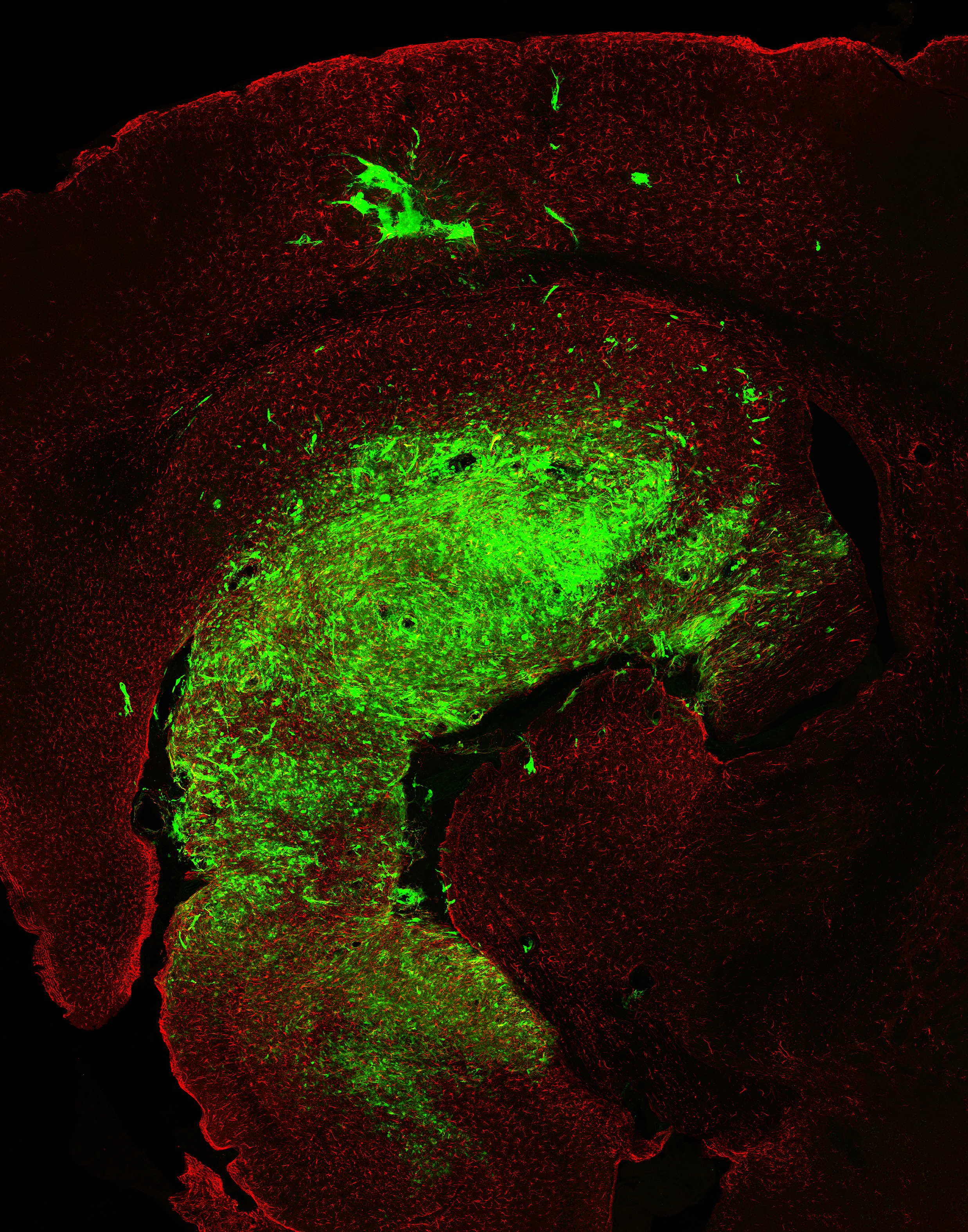When you buy through link on our site , we may pull in an affiliate mission . Here ’s how it works .
ATLANTA — Regularlyflossingand going to the dentist may be tied to a lower danger of unwritten cancer .
That ’s according tofindingspresented March 31 , here at the American Association for Cancer Research ( AACR ) one-year meeting .

In the novel cogitation , researchers analyze the dental health behaviors of patients who were diagnosed with unwritten malignant neoplastic disease between 2011 and 2014 at the ear , nose and throat clinic at The Ohio State University Comprehensive Cancer Center . The patients ' behaviour were compare to those of non - cancer patient who came to the clinic for other reasons , such as dizziness or an earache . [ 7 Odd thing That Raise Your peril of Cancer ( and 1 That Does n’t ) ]
All of the patients in the study had reply to a survey that admit questions about how often they flossed , how often they went to the dentist , how sexually active they were and if they smoked ordrank alcohol .
unwritten cancer can be divided into two categories : those driven by the sexually transmittedhuman papillomavirus ( HPV)and those that are n’t , said lead study source Jitesh Shewale , a postdoctoral swain at the University of Texas MD Anderson Cancer Center in Houston . ( Smoking and imbibition are both endangerment factor for non - HPV oral cancers . )

After adjusting for factors such as age , gender , socioeconomic status and raceway , the researchers found that masses who went to the tooth doctor less than once a year had nearly twice the risk of developing non - HPV oral malignant neoplastic disease than those who went once a year or more . Similarly , mass who flossed less than once a day had over twice the risk of exposure of grow non - HPV oral malignant neoplastic disease than those who floss more . In other words , poororal hygienewas link to increased non - HPV oral cancer risk .
The study did n’t find an association between poor dental hygiene and HPV - positively charged oral cancer , however .
The research worker hypothesize that the unwritten microbiome may play a role in the association between oral hygienics and malignant neoplastic disease hazard . Inprevious research , scientist from the same team found evidence that " hapless unwritten hygiene practices causes a teddy in your unwritten microbiome , " Shewale told Live Science . That fault " promoteschronic inflammationand [ can lead to ] the ontogeny of cancers . " HPV - positive oral cancer mostly affect the base of the tongue and the tonsils region , while HPV - electronegative cancers mostly affect oral cavities , which are more affected by oral hygiene , he bestow .

Denise Laronde , an associate professor in dentistry at the University of British Columbia who was not a part of the study , say that the new research was " interesting " but sum up that it was too early to take out conclusions . ( The work found an affiliation between oral hygienics and Crab risk , but did not show effort - and - effect . )
Still , " a lot of the clock time people look at their oral health as almost disunited from the rest of their body , " Laronde told Live Science . " But so many systemic disease are reflect in your oral health and vice versa . "
Laronde added that the new enquiry will hopefully raise awareness about theimportance of flossing . " We all know hoi polloi say they floss way more than they do , " she said . But studies like this raise consciousness that " you ’re not just flossing to keep your teeth , you ’re flossing to maintain your wellness . "

The findings have not yet been issue in a match - reviewed journal .
Originally published onLive scientific discipline .















